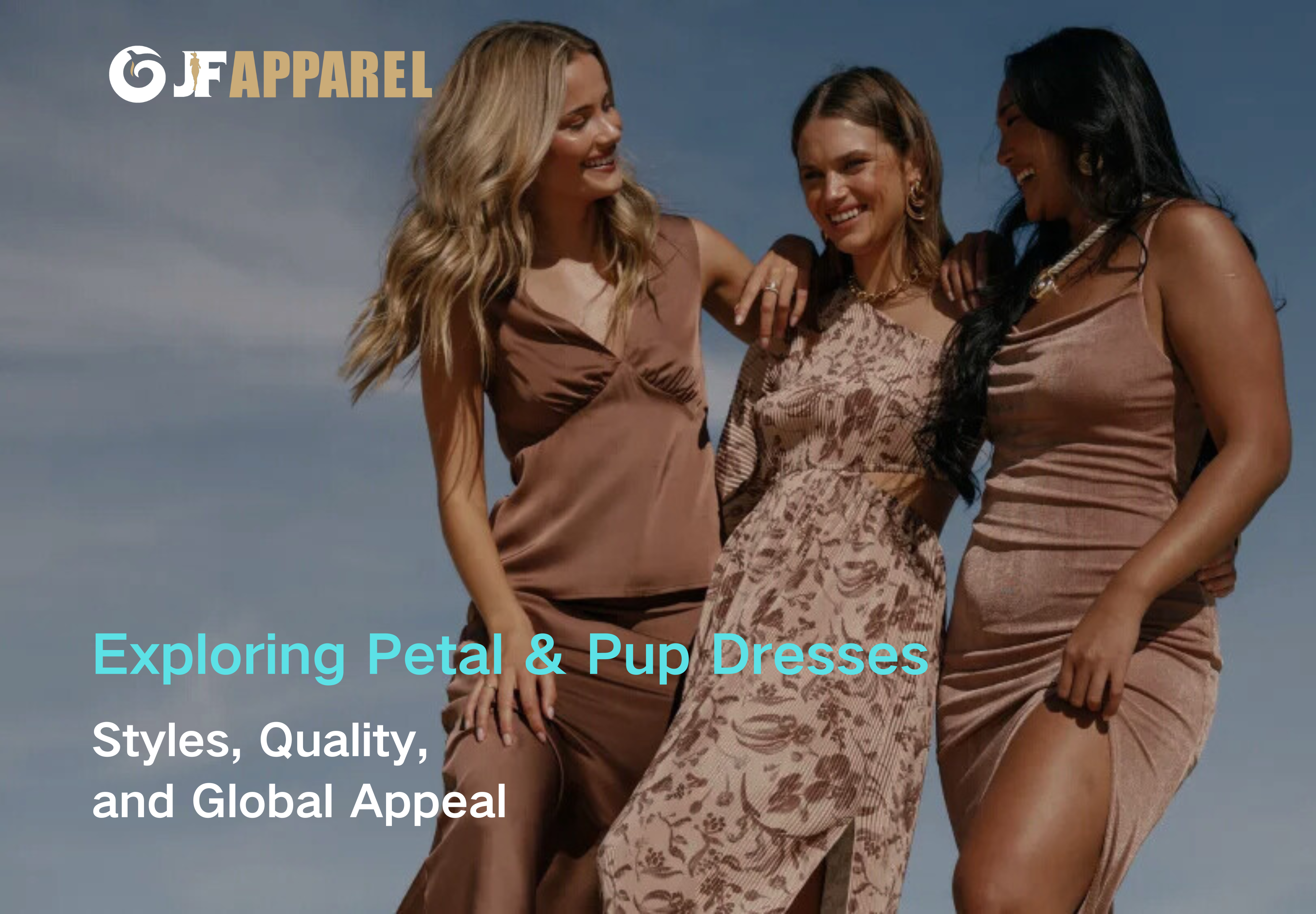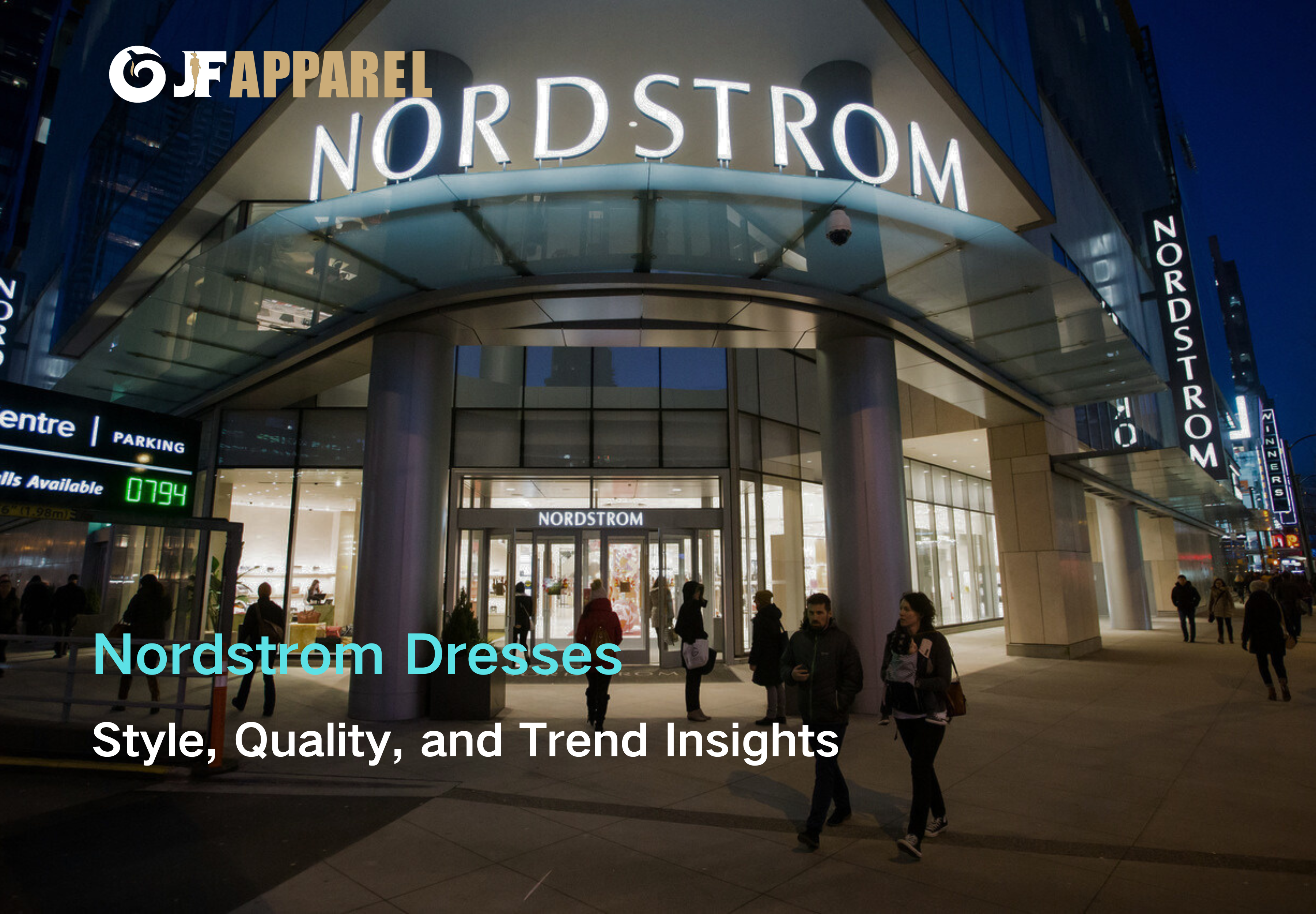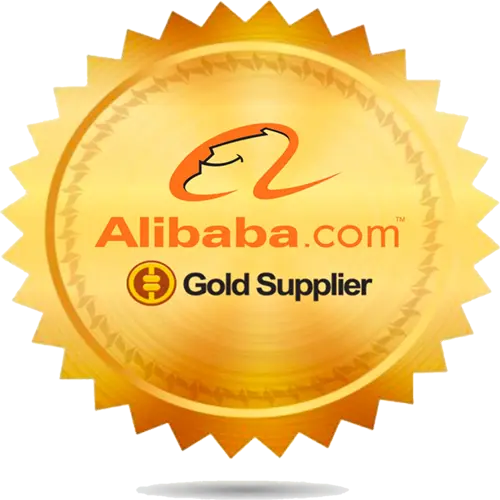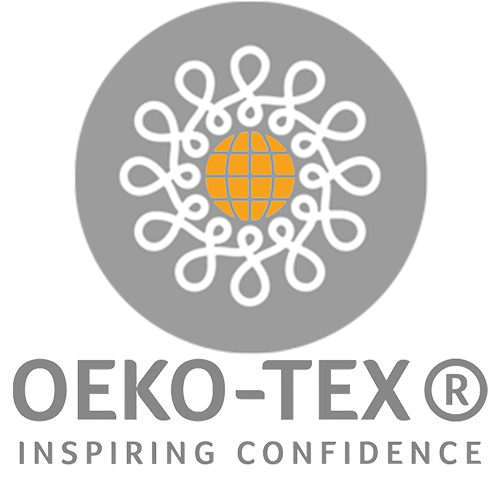Cupro Fabric
Discover our premium Cupro fabric, the ultimate choice for designers who prioritize luxury, sustainability, and exceptional performance. Cupro, derived from regenerated cellulose fibers, offers a silky-smooth texture and unparalleled breathability, making it ideal for high-end fashion and eco-conscious brands. Its unique properties ensure your creations are not only visually stunning but also incredibly comfortable.
Key Features
- Luxurious Handfeel
- Exceptional Breathability
- Sustainable and Eco-Friendly
- UV Protection
- Thermoregulating
- Superior Drape and Fluidity
Application scope
- cupro cropped vest
- Navy cupro skirt
- Cupro silk dress blue
- Cream and Black Crane Print Sicilian Dress

Frequently Asked Questions
How does the specific weave of Cupro fabric ensure both comfort and durability?
- The unique weave of Cupro fabric strikes a balance between tightness for durability and openness for breathability. This ensures the fabric remains strong while providing maximum comfort, making it ideal for all-day wear.
What advantages do 100% regenerated cellulose fibers in Cupro fabric offer compared to synthetic materials?
- Regenerated cellulose fibers in Cupro are free from impurities and inconsistencies found in synthetic materials. This results in uniform strength, superior UV resistance, and a longer lifespan, making it a more cost-effective and eco-friendly choice in the long run.
How does Cupro fabric maintain its structure and performance in extreme temperature fluctuations?
- Cupro fabric is engineered to withstand a wide temperature range from -30°C to +70°C. The high-quality cellulose fibers ensure the fabric remains flexible in cold conditions and does not become brittle or degrade in high heat, providing consistent performance throughout the year.
How versatile is Cupro fabric for different garment types?
- Cupro fabric’s versatility makes it suitable for various garment types, from formalwear to casualwear. Its lightweight yet durable nature ensures easy handling and adaptability, allowing for creative freedom in your designs.
How to view the complete FAQ
Cupro Fabric – Pros and Cons

Like all fabrics, Cupro has its advantages and disadvantages. However, due to its numerous benefits, many consider this fabric to be a “good” choice.
Advantages
- Organic and Eco-Friendly: Cupro fibers are derived from plant materials. Unlike silk (which comes from silkworms), this fabric is a cruelty-free, vegan alternative.
- High Quality: This fabric boasts a luxurious feel while remaining durable and resilient.
- Easy to Dye: Achieving vibrant colors with Cupro requires less dye. The fabric absorbs dye exceptionally well, meaning you also use less water during the dyeing process.
Disadvantages
- Relatively Unknown: Compared to other rayon fabrics, Cupro is not as widely recognized. It is relatively new to the market, so many people may not be aware of its existence.
- Prone to Wrinkling: This fabric is not the best choice for travel as it wrinkles easily. Additionally, it cannot be ironed at high temperatures due to its flammability.
Cupro Fabric Production Process
Since Cupro is recyclable, manufacturers must process the fabric to make it suitable for reuse. The following outlines how Cupro is produced, known as the Cupro Method.
Raw Material Collection
The production of Cupro begins with the collection of recycled cotton linter. These are the short fibers left over from cotton production, which form the base material for Cupro fabric.
Exposure to Solution
Due to their short length, the cotton linter fibers are immersed in a chemical solution. The fibers are treated with copper and ammonia. This mixture is then combined with sodium hydroxide, creating a new substance.
Fiber Transformation
The resulting substance is processed through a spinneret, which washes out the copper, ammonia, and sodium hydroxide, neutralizing the fibers. The fibers are then cooled to form longer filaments.
Spinning, Weaving, and Finishing
The long filaments are spun into Cupro yarn, which can then be woven into Cupro fabric. The final fabric undergoes washing and dyeing treatments to achieve the desired appearance and texture.










